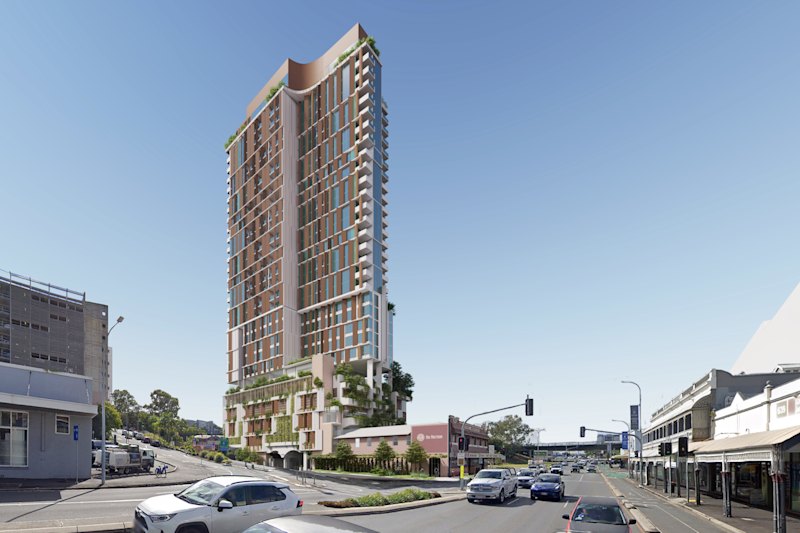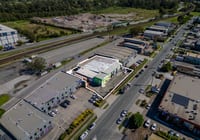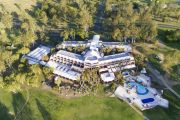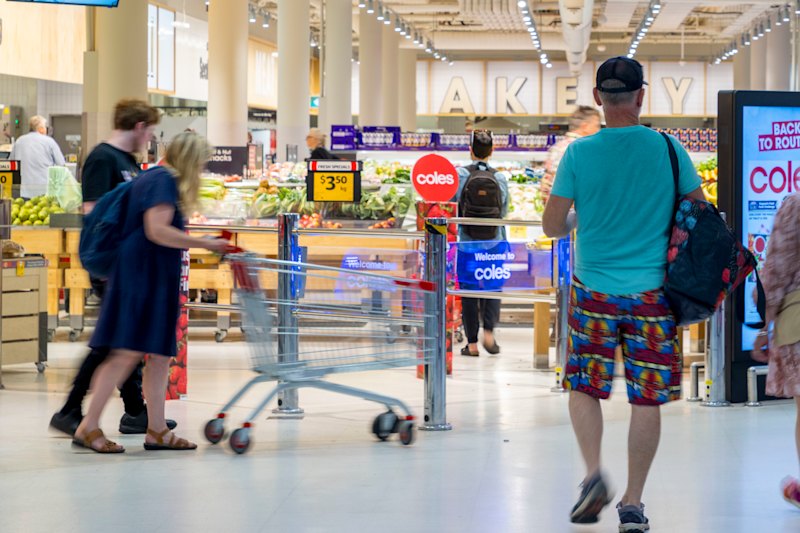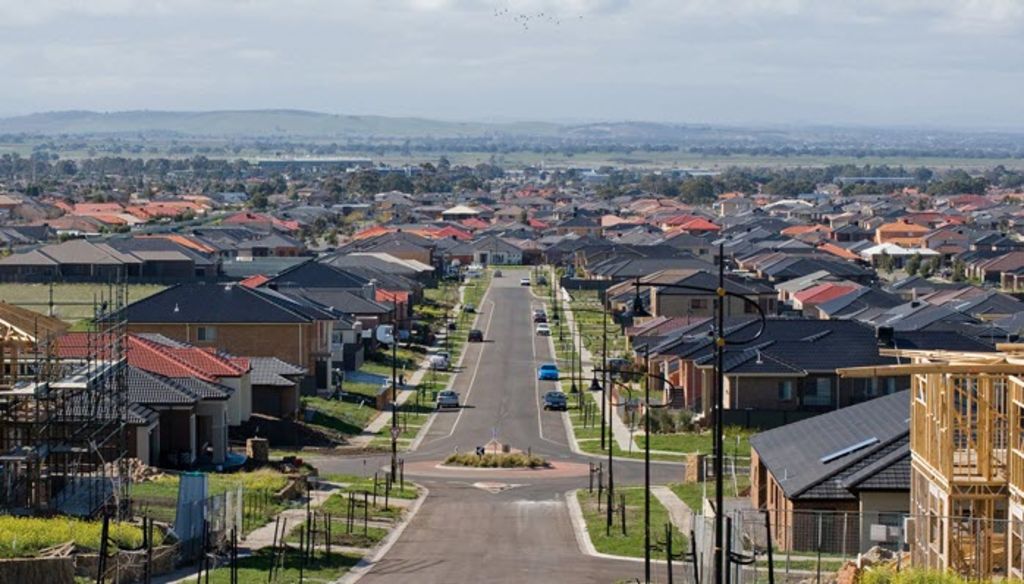
Residential property developers shift to boutique, low-density projects in the wake of COVID
Residential developers have shifted their focus to lower-risk projects such as smaller apartment blocks, townhouses and housing estates, while high-density developments continue to fall out of favour, according to a new Knight Frank report.
As foreign investment fell off a cliff last year, the Australian Residential Development Review 2021, released this week, found the plunging apartment pipeline was especially being offset by a surge in interest in low-density developments.
These low-density sites, chiefly house-and-land packages, made up 23 per cent of residential development sales in 2020 – up from 10 per cent in 2015.
Knight Frank head of residential research Michelle Ciesielski said developers were seeking to balance their portfolios with englobo sites at a time when the pandemic had triggered a push to single-dwelling living.
“Not only were we seeing developers buying up more sites for their own risk portfolio, we also had the experience of working from home, we had first-home buyers who weren’t travelling and we had the Home Builder incentives that came in June last year,” Ms Ciesieksli said.
This was the case across the growth corridors of all major capital cities, she said, with more land being released for low-density projects.
Offshore developer investment amounted to $500 million in 2020, the report found, a dramatic drop from its peak of $5.2 billion in 2016.
“In terms of the attractiveness, we’re not seeing as many foreign developers in our country at the moment but low-density is pushing on,” she said. “We have a lot of local developers … who are able to buy up those big sites.”
Stockland, the country’s largest house-and-land developer, took the opportunity to restock land banks in growth precincts during the pandemic. With government stimulus underpinning strong demand, the developer settled 5878 properties in 2020 and expects to settle more this year.
Ms Ciesiksli said housing estates were appealing to developers relying on funding from banks.
“So when you’re talking about high density [apartments], in most instances you have to build out the whole thing for people to move in, but for townhouses and low density, it can be subdivided and you can break away and sell as you go.”
The pipeline of new apartments across Australia has taken a nose dive, the report found, with just 86,400 apartments planned across Sydney, Melbourne, Brisbane, the Gold Coast and Perth in the next three years, compared with 135,000 from 2018 to 2020.
Many developers have made the switch to smaller apartment projects or townhouse developments, said Bricks and Mortar director Sahil Bhasin, who specialises in selling new homes in boutique developments.
“It’s about capital,” Mr Bhasin said. “Ninety-nine per cent of developers need 50 per cent presales. Achieving 50 per cent presales out of 15 or 20 in a better-quality project is a lot easier than achieving 300 out of 600 apartments.”
Smaller developments of two to three storeys often equates to fewer planning hurdles in the approval process, he added. “The real reason these low-density development sites work is you don’t have to push the envelope of the local government planning scheme.”
Mr Bhasin said he had noticed developers proactively changing their designs. “People don’t want a massive high-rise block,” he said. “The average apartment size of 60 or 70 square metres is now out the window; people are looking for 95 to 125 square metres.”
It took seven weeks for Mr Bhasin to sell 17 townhouses in Fitzrovia, a luxury project in Fitzroy by Melbourne developer DeGroup.
The developer launched its latest development, Sprout, in nearby Richmond last week. Nine out of 15 properties have already been snapped up, Mr Bhasin said.
The Knight Frank report found the Gold Coast had bucked the national trend of declining high-density apartment site sales, recording a 238 per cent surge in site sales purchased in 2020.
Ms Ciesielski said the Gold Coast had traditionally been considered a tourist city, but had emerged as a lifestyle destination with strong demand from owner-occupiers.
“Developers who have had success in other cities look to the Gold Coast because sites are cheaper and there’s pent up demand,” she said.
“Essentially, too, we’ve got a lot of sites that may have a beach shack on them but are actually zoned medium or high density.”
Knight Frank’s report also found that amalgamated development sites, where a collection of several owners banded together to sell, made up almost 20 per cent of all development sites sold over the course of 2020 – the strongest result in a decade. These transactions included neighbours of freestanding homes, as well as apartment block owners.
“It’s not a normal transaction,” Ms Ciesielski said. “It’s a collective of vendors coming together to sell and obviously selling at a premium than if they sold individually.”
She believes collective sites are ramping up as developers search for well-positioned sites, and home owners become more savvy with the development market.
“Governments are also trying to loosen up planning regimes so you can actually build more density.”

